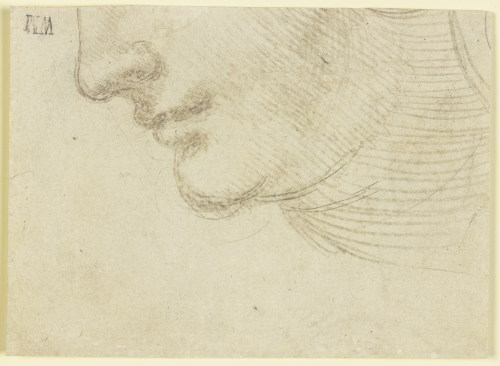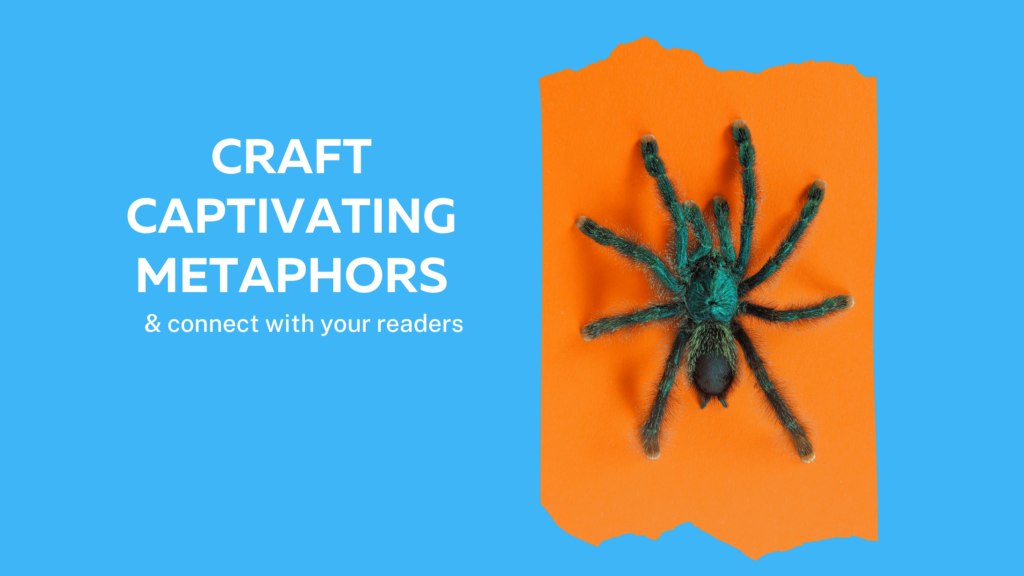You’re sitting in your writing spot, keyboard under your fingertips, ready to write something powerful.
You want to highlight an experience and connect with your readers. The perfect metaphor will do the trick. The problem? You and 1000+ other writers choose the same thing. Your power-punch to emotionally connect with readers falls down the drain.
Metaphors are hard.
It’s difficult to come up with something original and all the best ones are taken. I read prose from F. Scott Fitzgerald and I am jealous of how effectively he uses imagery and metaphors to add a deeper level to his writing.
Consider The Great Gatsby
You have the classic finishing line: “So we beat on, boats against the current, borne back ceaselessly into the past.” This powerful metaphor compares rowers and their difficulty beating a current with the struggle of the characters in the novel trying to build a future out of the past.
The novel is flooded with great metaphors.
I love this one in Chapter 2: “At 158th Street the cab stopped at one slice in a long white cake of apartment houses.” Notice how Fitzgerald uses two opposite things (a car stopping near apartments vs. a white cake) to paint an image of what the scene looked like in our heads.
Great metaphors spark our imagination and connect with our emotions.
How You Can Craft Original Metaphors
Henry David Thoreau
“How vain it is to sit down to write when you have not stood up to live.”
Remove thinking of metaphors from your writing process. Instead of trying to invent something in front of the computer or while sitting in front of your writing desk, put the focus on curiosity.
I think of Leonardo Da Vinci and his famous sketches, along with some of the documented inquiries of Benjamin Franklin. Both invented, innovated, and changed the future.
The main trait they had was an obsession with curiosity. But not just a love for it, a dedicated discipline to dig deeper — and deeper. They reached conclusions that no one else had.
Da Vinci asked questions about how organs worked and how birds flew; weird stuff like details about beaks too. Franklin tinkered on what seemed to be pointless things.

Outside observers likely thought they were crazy at times. But, inevitably, few things led to something remarkable.
This is how we should approach writing too. We experience life and become obsessively curious. We observe. THEN we write.
You sit outside, notice how the blades of grass move one way and then the other. Write it down. You watch people while eating on the side of the cafe and see how they move, interact, and talk. Write down those observations.
You see a squirrel fight over her food. Write down how you perceived it.
These real-life observations, and inquiries, will lead to practical metaphors you can use when you need to describe something.
For example, if you want to have readers picture a scene of a couple bickering over something, you have a metaphor of the squirrel.
Collect these observations and organize a toolbox of future metaphors.
When it’s time to choose one, use Fitzgerald’s technique: connect two opposite things.
This adds perspective and a memorable picture, forcing the mind of a reader to imagine something unique.
The more you do this, the more original your metaphors are.


